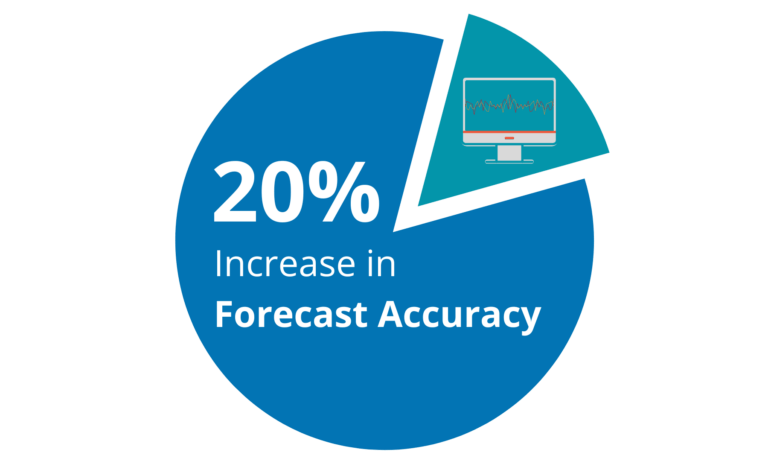Five Benefits of Predictive Workforce Management
Always overworked or overstaffed? The importance of predictive workforce management: why no business should have to choose between overworked employees or excessive labour costs.
Accurate predictions allow companies to prepare for busy periods effectively, ensuring they have the right number of employees, in the right positions, at the right time to meet customer demands without overworking their staff or losing money. Being able to schedule your workforce effectively is also crucial for maintaining an engaged, efficient and loyal workforce that are happy to give top-notch customer service.

Easier said than done (by humans)
One of the most significant challenges in workforce management is predicting those peak hours and demand fluctuations, with precision. And ‘humans’ are notoriously bad at it. We simply aren’t able to account for and weigh each of the many the factors that influence demand. Forecasting the demand around movable holidays, like Easter or Ramadan, variable events such as paydays, long weekends, even using backward-looking approaches, is particularly challenging for ‘humans’. This is where predictive analytics and advanced forecasting models have a significant impact. We’ve seen a reduction in forecast errors by two-thirds, plus we’re able to completely eliminate the outliers.
Reduce Forecasting Errors
by Two-Thirds

It's not just about plugging numbers into a machine
Predictive workforce management isn’t merely a numbers game. We leverage a broad mix of data, from economic trends, to specific sales channels, combined with 7 years’ of industry-specific knowledge to produce an optimal staffing blueprint, per location, hour and position for each of our clients.
We can break down our forecasts to predict busy periods within a day and across different channels, such as eat-in, delivery and drive-through. This granular level of detail allows us to translate sales forecasts into specific staffing requirements by position, channel and menu mix. And we have put ourselves to the test. In an experiment where we pitted our forecasts against those made by some of Hungry Lion’s store managers, our forecasts were consistently 20% more accurate than even the most experienced managers.
Ready to improve your workforce management?
"And we have put ourselves to the test. In an experiment where we pitted our forecasts against those made by some of Hungry Lion’s store managers, our forecasts were consistently 20% more accurate than even the most experienced managers."
